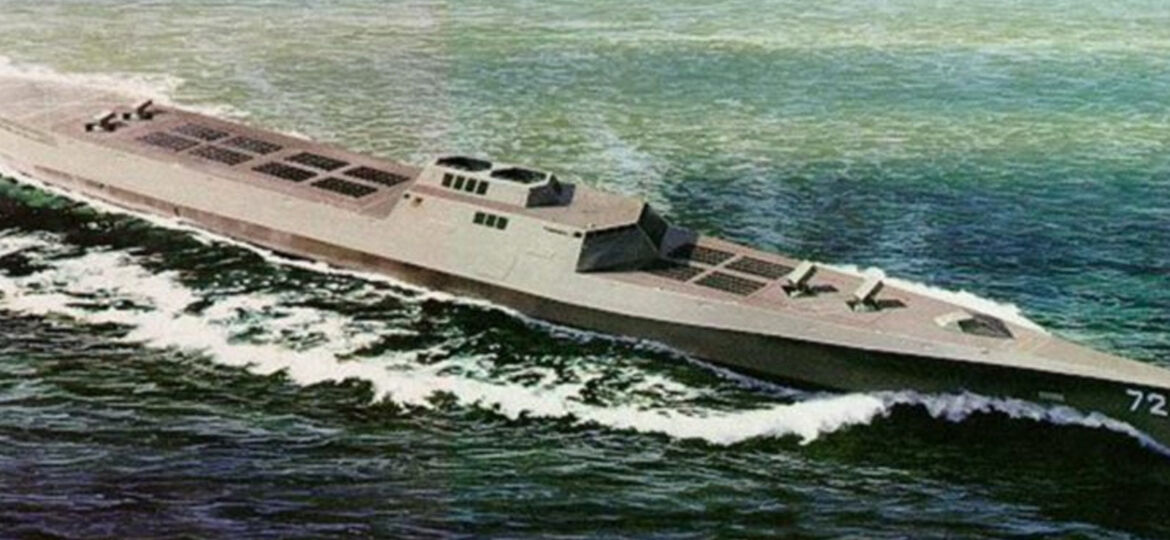
WHY THIS MATTERS IN BRIEF
- As China continues to build out its military capabilities it’s beginning to put new twists on old ideas, and this latest one is straight from the movies
The Chinese navy is taking the concept of arsenal ships, ships that were first thought of by the US in the 1970’s that act as huge floating weapons and missile stores, in a new direction – they want to create arsenal ships, which look very similar to conventional warships, that submerge like submarines.
I can see them appearing in movies right now…
Post cold war there have been lots of naval theorists who’ve wanted to create arsenal ships that could carry hundreds of guided missiles that could rain fire at land and sea targets, and now it looks like China’s about to develop them.
Stories circulating on Chinese websites, including the Wuhan city government site, mention that Chinese institutions are conducting studies on gigantic submersible arsenal ships and at a high level the concept would make sense because once submerged the arsenal ships, which would resemble large warships, would have no radar or visual signature – making them sneaky and making them near undetectable.
Browse the Gallery
There are two concepts in circulation. One is a high speed warship with much of its hull submerged but that otherwise has a functional superstructure with the usual array of defense weapons and radar systems on top, and the other is an almost completely submerged arsenal ship with two conning towers that would protrude above the oceans surface.
The scale of the designs is also significant and at the moment it looks like each ship would displace around 20,000 tons when fully laden.
The reports also claim that there has been substantial design work and concept proofing for this underwater arsenal ship, and even on his deathbed, leading naval engineer Professor Dong Wei Cai continued to work on a key aspect of the arsenal ship design – the high speed wave hydroplane.
For stealth operations, the first arsenal ship concept would have most of its hull inherently submerged, with only the bridge and a few other parts of the ship above the waterline, reducing the radar cross section. But when traveling with a high speed naval taskforce, the arsenal ship will sacrifice stealth to use its flat hull bottom to hydroplane at high speeds, cutting across the waves like a speedboat or amphibious armoured vehicle.
The second concept is more conventional – it is essentially a giant, conventionally propelled submarine with two conning towers stuffed with snorkels, periscopes, and communications antennae, and given its need to keep up with higher speed surface ships and its lack of high speed endurance underwater, this one would likely spend most of its time at or near the surface, only submerging if it’s under threat.
Chinese research institutes have been testing small scale models of both arsenal ship configurations since 2011, including a couple of open water tests for the hydroplane arsenal ship and laboratory tests for the arsenal submarine.
Meanwhile, unverified rumors on the Chinese internet claim that a full scale, proof of concept is being built at Bohai Shipbuilding Heavy Industry Corporation, and that it’ll be launched after 2020.

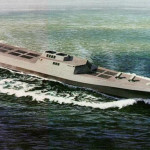
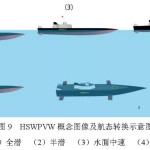
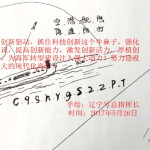
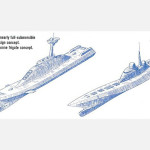
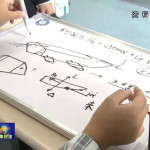
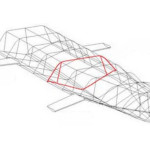
















[…] Source link […]
[…] announcements about the development of hypersonic drone swarms as well as 20,000 ton ships that submerge, and in the eternal race for military one up manship this week Chinese researchers announced they […]